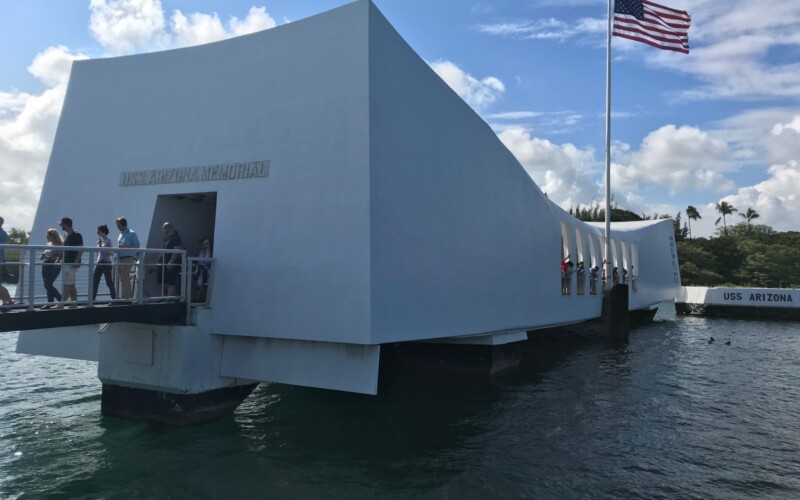We have experience hosting a range of audiences, from college classes to birthday parties to company outings, and we customize our tours to meet your group’s interests and needs.
Book a private tour today
The history and legacy of the Second World War can be seen all around us in Brooklyn. Once home to hundreds of factories, shipyards, and warehouses, and responsible for sending …
Read more
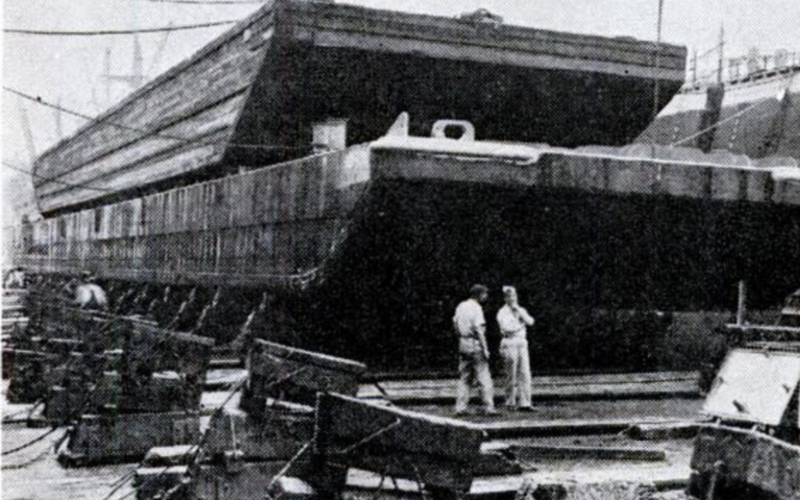
To mark the 80th anniversary since the attack on Pearl Harbor, this virtual program will examine the connections between the fleet in Hawaii in 1941 and the Brooklyn Navy Yard. …
Read more
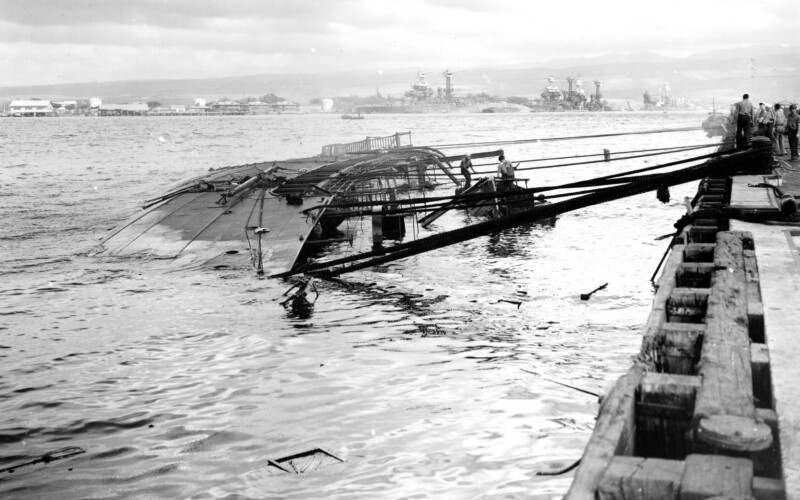
On September 22, 1958, 23-year-old US Army Private Elvis Presley boarded troop transport USS General George M. Randall at the Brooklyn Army Terminal to begin his 17 months of military service in Germany. Though …
Read more
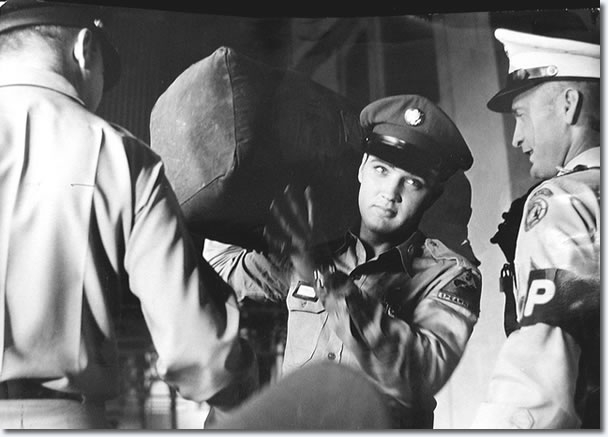
The celebrate Black History Month and the 220th birthday at the Brooklyn Navy Yard, we are looking at the obstacles and opportunities that Black people encountered at the Brooklyn Navy …
Read more
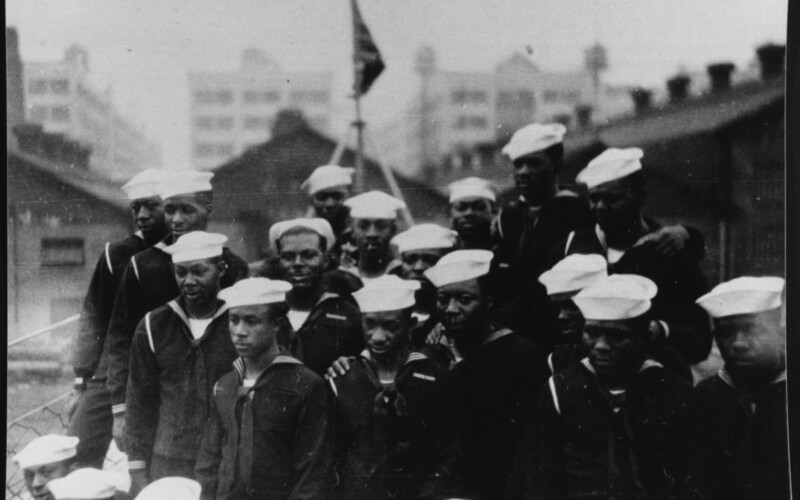
To commemorate the 75th anniversary of the end of World War II, we are looking back at the remarkable careers of the ships where the war began and ended for …
Read more
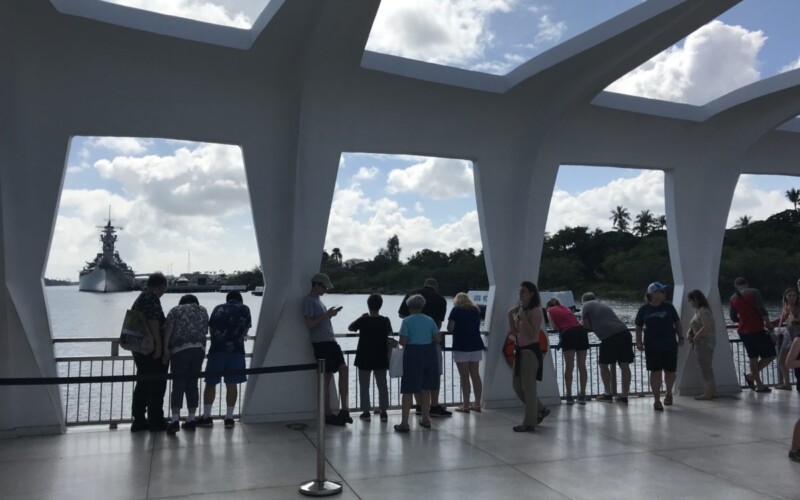
World War II came to a close in 1945, and looking back 75 years, it is hard to believe that Americans on the cusp of war in 1940 were as …
Read more
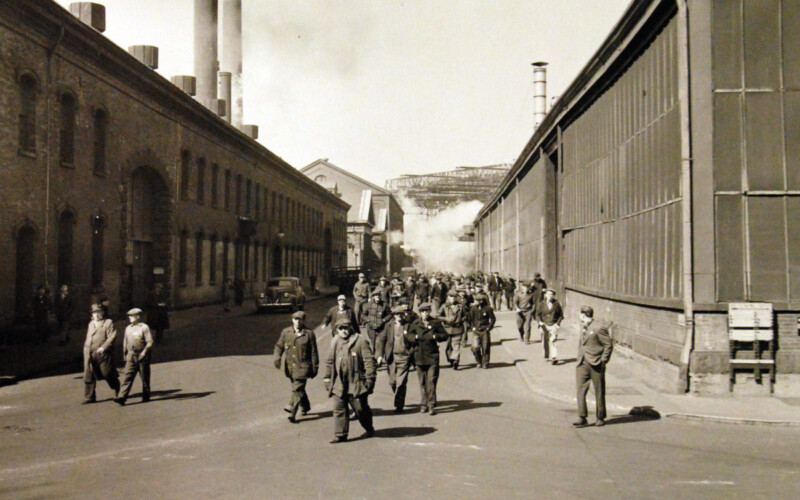
Today marks the anniversary of the launching of USS Arizona at the Brooklyn Navy Yard. We have written about the Arizona many times before, including about the impact the sinking …
Read more
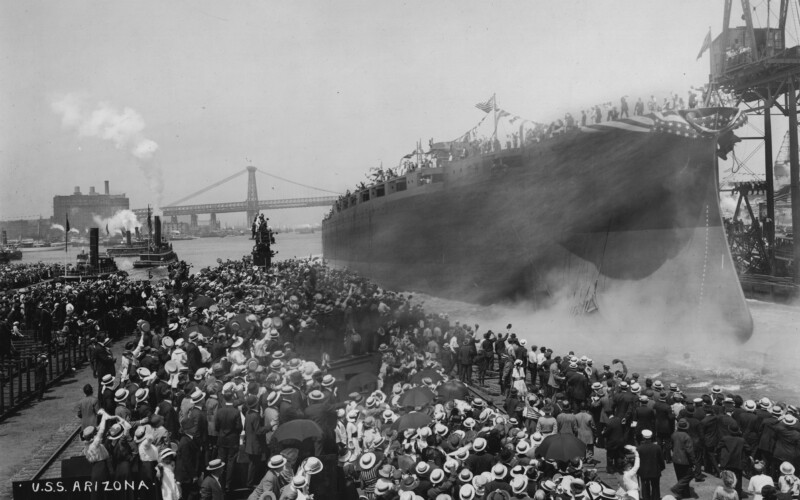
Since we began working at the Brooklyn Navy Yard nearly ten years ago, the Yard has become a huge part of our lives and our identity, both as a company …
Read more
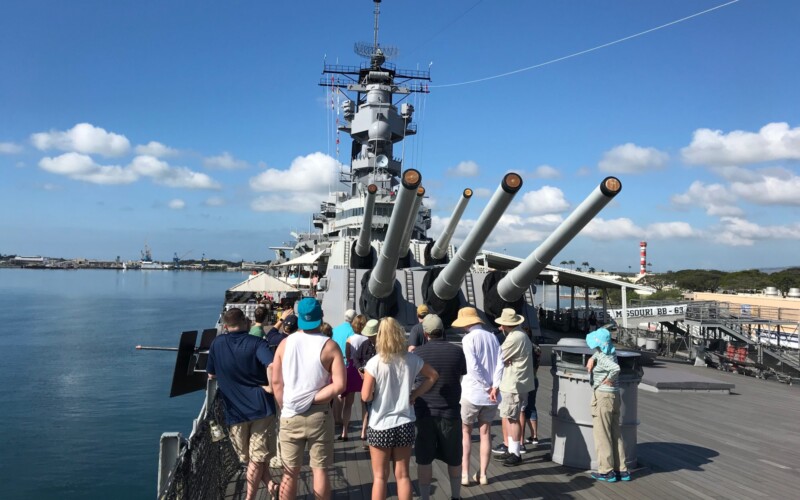
The Brooklyn Navy Yard is 5,000 miles from Pearl Harbor, and though the reverberations of the events there on December 7, 1941 were felt across the globe, they hit especially hard …
Read more
